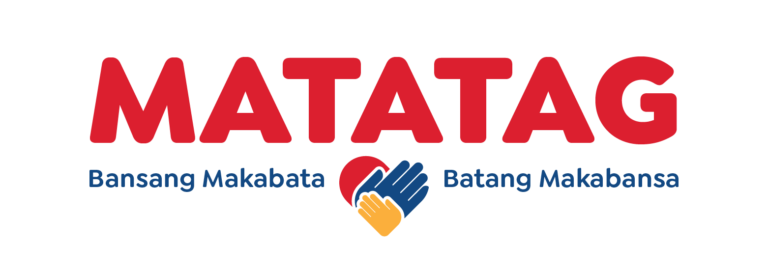
Download the MATATAG Curriculum for Reading and Literacy Here
This Shaping Paper offers a comprehensive overview of the language curricula within the K to 12 Program. It encompasses the following key elements: 1) the historical context and justification for language learning; 2) fundamental concepts and guiding principles underpinning the design of language curricula and language education; and 3) the organizational structure and format of the language curricula. Furthermore, it delves into teaching methods, evaluation strategies, and critical factors to consider in the development of language curricula.
Historical Context and Rationale for Language Learning
The language curricula are firmly rooted in the principles of a multilingual education system that places a strong emphasis on the significance of acquiring proficiency in the first language (L1) of learners, alongside the acquisition of additional languages like Filipino and English. This approach is designed to facilitate effective communication and nurture a comprehensive comprehension of the world that surrounds them.
Language learning offers learners the opportunity to broaden their horizons, enabling them to engage in meaningful communication with others, fostering their capacity to comprehend, interpret, and construct meaning within their interpersonal and cultural encounters. It equips them with the tools to refine their cognitive faculties, self-expression, appreciation of diverse cultures, and introspective examination of their experiences and societal involvement.
Moreover, language acquisition plays a pivotal role in enhancing capabilities for social, economic, and global development, ultimately contributing to the cultivation of an abundant reservoir of linguistic and cultural resources (ACARA, 2012). For Indigenous communities, mastering their native languages serves as a tether to the fabric of their communal existence, affording them deeper recognition and insight into their Indigenous knowledge systems and customs (DO 32, s. 2015). It also ensures their full and meaningful participation and inclusion in society, a case in point being the Filipino Deaf community (RA 11106).
To be more specific, language learning:
- Facilitates effective communication and broadens literacy competencies.
- Enhances comprehension of language’s nature, culture, and communication processes.
- Cultivates an appreciation for diversity and an open-mindedness towards alternative viewpoints.
- Fosters an understanding of how languages and cultures mold one’s perception of the world, self-identity, heritage, and cultural background.
- Elevates creative and critical thinking abilities, as well as intellectual and analytical capacity.
Download the MATATAG Curriculum for Reading and Literacy Here
Matatag Curriculum Guide
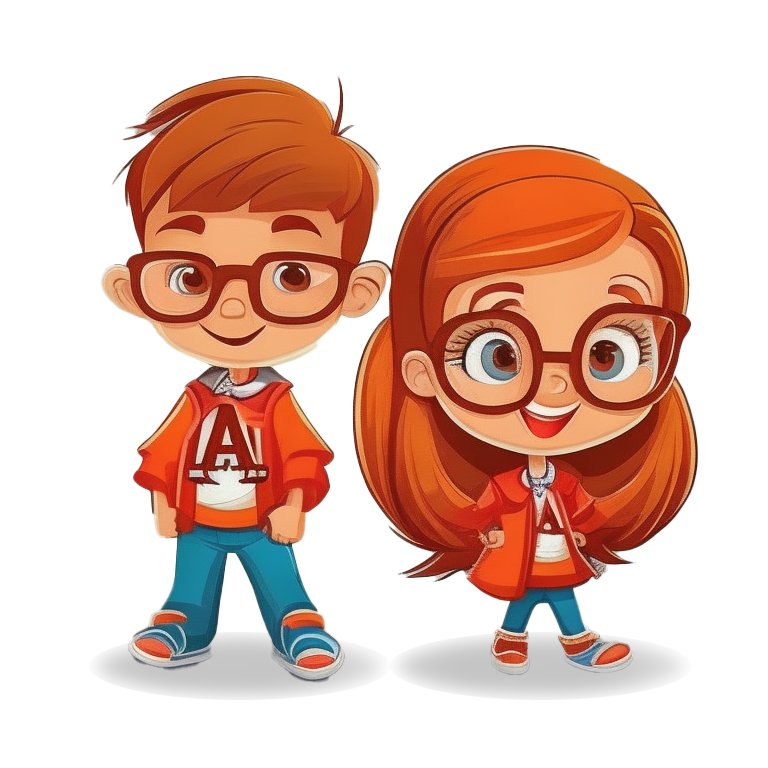
Kindergarten CG 2023
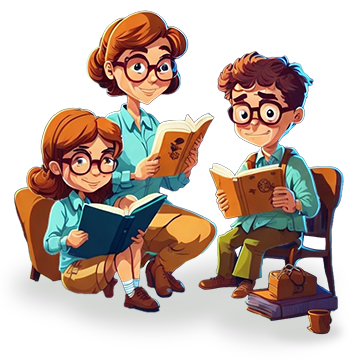
Reading and Literacy CG 2023

English CG 2023

Araling Panlipunan CG 2023

Filipino Kurikulum CG 2023

GMRC and VE CG 2023
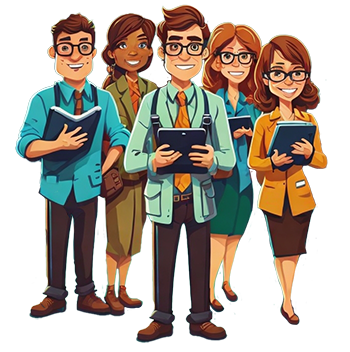
Language CG 2023
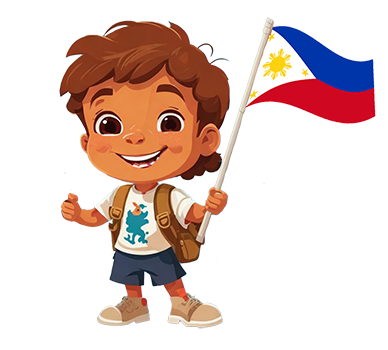
Makabansa CG 2023

EPP TLE CG 2023

Mathematics CG 2023

Music and Arts CG 2023

PE and Health CG 2023

